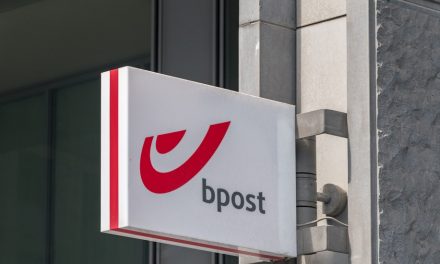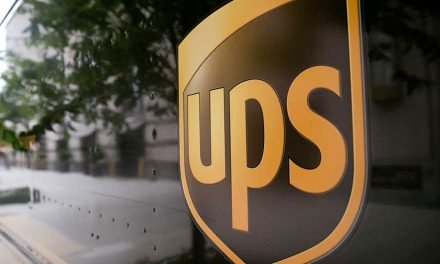
UPS: Getting big brown machines to go green
But United Parcel Service’s fleet of all-electric delivery trucks were no match for the potholed streets and heavy package volumes of New York City.
UPS is experiencing a blast from the past. It again has some electric vehicles carrying packages in various U.S. cities. Diesel-electric hybrids, natural-gas-powered trucks and a slew of other experimental vehicles also cruise city streets and highways.
The company’s morphing into a leader in using truck fleets powered by alternative fuels. And what it’s learning offers pointers for other firms trying to lower costs and environmental impacts by using new vehicle tech.
UPS has over 1,600 of its trucks using either hybrid or alternative-fueled drive systems around the world. The company says it’s invested USD 15 million over the years in alternative vehicles.
At the same time, UPS has a ways to go. So-called green vehicles amount to less than 2 pct of its total global fleet. That gas and diesel engines remain the norm at UPS underscores the hurdles in turning big brown trucks into green ones.
But the company’s trying to wean itself off crude, looking for operational savings and that PR-friendly green patina.
In early October, UPS announced it will add another 306 alternative-fueled vehicles — 139 compressed natural gas trucks and 129 propane delivery trucks — by next year.
Savings vary for the other alternative fuels UPS uses, though they typically run cleaner than diesel trucks.
Today, UPS has over 100,000 vehicles around the globe, and about 600 aircraft. It says about 20,000 of its trucks are classified as “low emission” vehicles. That includes alternative-fuel trucks, as well as newer,cleaner-running regular trucks.














